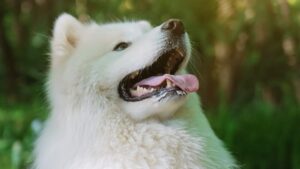
White Long Haired Dog: 13 Breeds
After much deliberation about your next pet, you’ve decided on a white long haired dog, large in size. Doesn’t that sound like you’re aiming to
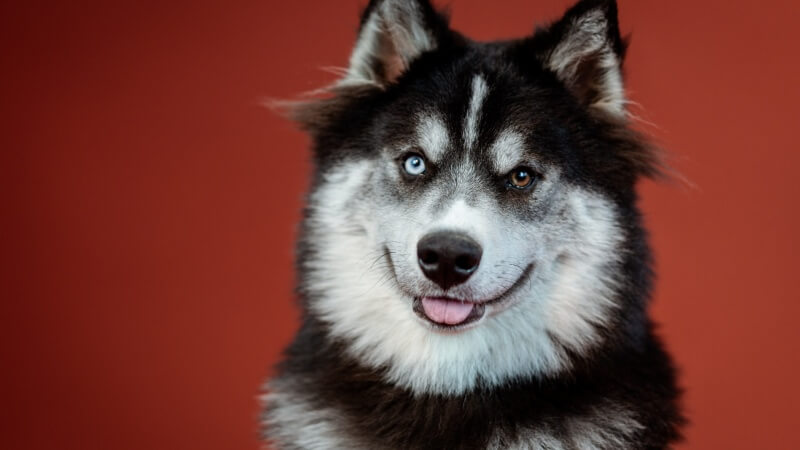
If a Husky Tibetan mastiff mix is what you’re after, consider the challenge. These dogs are a cross between a Tibetan mastiff and a Siberian husky.
Known as gentle giants, their beauty is undeniable, yet they are quite the handful. With an independent personality and strong will inherited from their parent breeds, they suit active families but may overwhelm inexperienced owners.
Here’s a quick rundown of this mix.
Predicting the exact appearance of a Tibetan Husky is challenging, as they inherit a mix of features from both parents. Variations even within the same litter are common, depending on the inherited traits.
Typically, these dogs display a combination of characteristics from both breeds. Frequently observed features include the droopy ears characteristic of the Tibetan Mastiff and the striking blue eyes often found in Huskies.
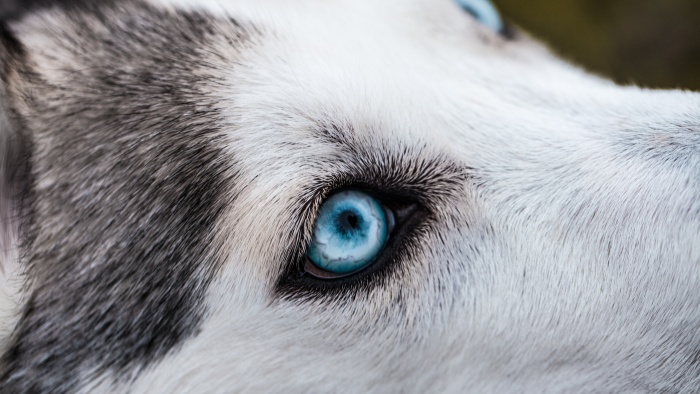
To gain a clearer understanding of this dog’s appearance, we’ll explore the physical traits of the parent breeds.
The Siberian Husky bears a striking resemblance to a wolf. These medium-sized dogs are slightly longer than they are tall.
Their build is lean and athletic, with elegantly flowing lines. They feature medium-sized, upright ears and a medium-length, elongated muzzle. Their long tails assist in keeping them warm in cold climates.
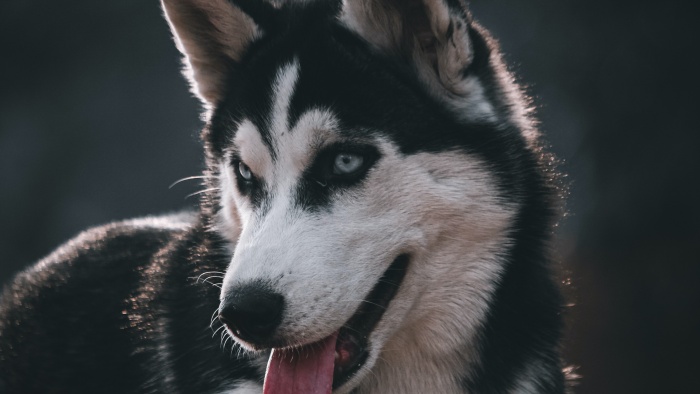
Eye colors vary between blue and brown, with heterochromia (different colored eyes) being a common trait in the breed. Green eyes are also possible but are a rarity.
They possess a dense, double-layered coat of medium length. Typically, they exhibit bi-color coats, meaning they have two colors, though tri-color and occasionally solid color coats also occur.
Their coat colors and patterns include:
Tibetan Mastiffs are notably large in stature. They boast a muscular physique and a wide, substantial head. Their eyes are deep-set, and their muzzle is short and squarish. Their tail is both curled and feathered.
Their most distinctive aspect, aside from their size, is their coat. The fur around their head is longer than on the rest of their body, giving them a lion-esque look. Their double coat is longer than the Husky’s. Typically, they are bi-color, with solid-colored mastiffs being a rarity.
They often display two colors with patches of white, which technically categorizes them as tri-color.
Possible Tibetan Mastiff colors include:
Huskies range from medium to large size, whereas mastiffs fall into the large or giant category.
Consequently, their offspring’s size can significantly vary due to the size disparity of the parents.
A Tibetan husky is expected to stand 23-28 inches tall, weighing between 60 to 120 pounds.
Huskies typically reach a height of 20-24 inches and weigh 35-60 pounds. Tibetan mastiffs, according to PetMD, grow to 23-30 inches and weigh 70-150 pounds.
Females tend to be smaller than males, akin to their parent breeds. However, the genes they inherit significantly influence their size.
Both breeds have a thick, double coat. Huskies feature a medium-length topcoat, while mastiffs have a longer topcoat.
A mastiff husky might inherit a coat similar to either parent or a blend of both, leading to a medium to long double coat. They may also inherit the mastiff’s mane.
In terms of color, they can exhibit any hue from their parent breeds.
Most will be bi-color or tri-color, but solid colors are also possible.
Possible coat colors include:
Predicting physical features is challenging due to their mixed breed nature.
They might have the square head of a mastiff or the elongated muzzle of a husky. Eye color could be brown, blue, or heterochromia.
Their build is likely to be stocky, akin to a mastiff, but possibly leaner. Ear type may vary between the erect ears of a husky and the floppy ears of a mastiff.
They could inherit either the curled tail of a mastiff or the long, straight tail of a husky.
Maintaining your Tibetan husky’s coat, especially during shedding seasons, is quite a task.
Regardless of their coat type, whether it resembles a husky’s or a mastiff’s, brushing 2 to 3 times weekly is essential.
During shedding periods, daily brushing becomes necessary.
Before diving into the grooming process, let’s identify the tools required for your Tibetan husky:
Regular brushing, typically every other day, is needed for your dog. Increase this to daily during shedding seasons, which occur in spring and fall to adapt to temperature changes.
A slicker brush is effective for detangling and removing loose hair, while an undercoat rake is crucial for managing the undercoat and shedding hair.
For dogs with tangles, a dematting tool may also be necessary.
Bathe your dog roughly every 2 to 3 months. While more frequent baths are possible, they can lead to dry skin and coat.
During shedding, using a deshedding shampoo can ease the process.
Always opt for dog shampoo to avoid skin irritation due to pH differences with human shampoos.
Brush thoroughly before and after bathing. Towel-dry them, or use a low-heat hair dryer or a canine-specific dryer.
While mastiffs need regular nail trimming, huskies typically don’t.
Your mastiff husky will likely require nail trimming every 2-4 weeks.
Either a nail grinder or large dog-appropriate scissor-type trimmers can be used for this purpose.

Both the husky and mastiff breeds are known for their gentle and loving nature towards their families. They are affectionate and extremely loyal. However, their shared stubbornness can make training a challenge.
Such a mix requires an owner with experience or confidence. Patience, consistency, and positive reinforcement are key. Establishing yourself as the leader early on is crucial to prevent future issues with a husky mastiff mix.
The mastiff’s calmness can temper the husky’s high energy, maintaining a playful spirit.
Huskies are usually sociable with everyone, while mastiffs tend to be reserved around strangers. Your dog is likely to inherit the mastiff’s watchdog instincts, making early socialization critical.
They make excellent family pets, but due to their size, they should be trained or supervised around young children and the elderly.
While they wouldn’t intentionally harm a family member, their enthusiasm could lead to accidental knocks.
With proper socialization, they can coexist with other dogs and cats. Early introduction to other pets is beneficial.
These dogs struggle with extended periods of solitude. If you have long working hours, this breed might not be the best fit.
Lack of attention can lead to separation anxiety and depression, potentially causing destructive behavior or other issues.
Mixed breeds generally have a reputation for being healthier than purebreds, yet they can still face specific health challenges.
Both huskies and mastiffs are robust breeds, but the husky mastiff mix may be susceptible to various health issues.
Common joint issues in husky mastiffs include hip and elbow dysplasia.
Hip dysplasia is a malformation of the hip or elbow joint, leading to easy dislocation.
Arthritis is another concern, causing joint inflammation and pain in dogs, similar to humans.
Symptoms of these conditions include pain, movement difficulties, exercise reluctance, and limited mobility.
These dogs may face several eye problems.
Cataracts, leading to vision-impairing filmy growth over the eye, can affect both older and younger dogs in this breed.
Corneal dystrophy, which clouds the cornea, is also a risk.
Hypothyroidism, an underactive thyroid condition, is a possibility.
The thyroid regulates metabolism, so hypothyroidism can result in unexplained weight gain, lethargy, and skin and coat issues.
Bloat (Gastric Dilatation-Volvulus) is a serious condition where the stomach fills with gas, food, or fluid and twists.
Immediate veterinary care is crucial as bloat can be fatal within hours. Large breeds like mastiffs are more susceptible.
Bloat symptoms include bloated stomach, unproductive gagging or retching, severe stomach pain, and excessive panting or drooling.
To minimize bloat risks, feed your dog multiple small meals daily, use a slow feeder bowl for fast eaters, and avoid exercise right after eating.
Both parent breeds are prone to allergies, especially skin allergies.
Environmental allergens like grass, dust, and pollen can cause skin reactions, sneezing, runny nose, and watery eyes.
Food allergies to dairy, chicken, eggs, beef, soy, and wheat can lead to gastrointestinal issues like diarrhea and vomiting.
Demyelinating Polyneuropathy, common in mastiffs, may also affect husky mastiffs.
This condition alters neurological function, leading to limb weakness and impaired reflexes.
Other symptoms can include muted bark, muscle tremors, and reduced tolerance for exercise. The cause of this disorder remains unclear.
The exercise needs of your dog will be influenced by their genetic inheritance. Generally, they will need 1 to 2 hours of physical activity daily.
Mastiffs typically require about an hour of exercise each day, but their endurance is limited. It’s best to divide their exercise into multiple sessions.
Caution is advised during their puppy stage. As a large breed, excessive exercise early on can lead to joint issues.
Conversely, Huskies need at least 2 hours of exercise daily. They possess remarkable endurance, capable of covering up to 150 miles in a day.
For dogs leaning towards mastiff traits, walking is suitable. If they exhibit the husky’s high energy levels, running or jogging is more appropriate.
Effectively raising and training a Husky Tibetan Mastiff mix requires understanding their unique personality and physical needs. Here are some guidelines:
The Husky Tibetan Mastiff mix is an exceptional breed, boasting a distinct look and a gentle demeanor.
Ideal for families who can devote the necessary time and energy, they excel as both companions and protectors for children. Naturally cautious around strangers, they require thorough socialization to prevent any issues during new encounters.
Early socialization with other household pets is also crucial.
Their strong-willed nature makes them less suitable for novice owners. Training might be challenging, but establishing leadership will earn their deep loyalty.


After much deliberation about your next pet, you’ve decided on a white long haired dog, large in size. Doesn’t that sound like you’re aiming to
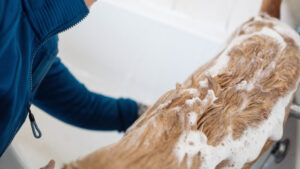
When it comes to the question, “Is Dawn dish soap safe for dogs?” it’s crucial to choose a wash that’s both harmless and effective. While
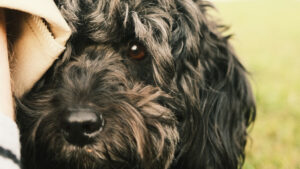
Beginning your Cavoodle grooming guide early is key for a successful experience. Breeders typically start grooming practices when puppies are about two weeks old. This
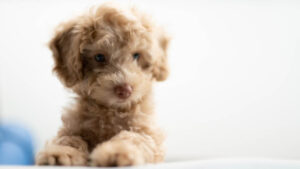
Are you a proud pet owner looking for the best grooming equipment to keep your furry friend looking and feeling their best? Look no further
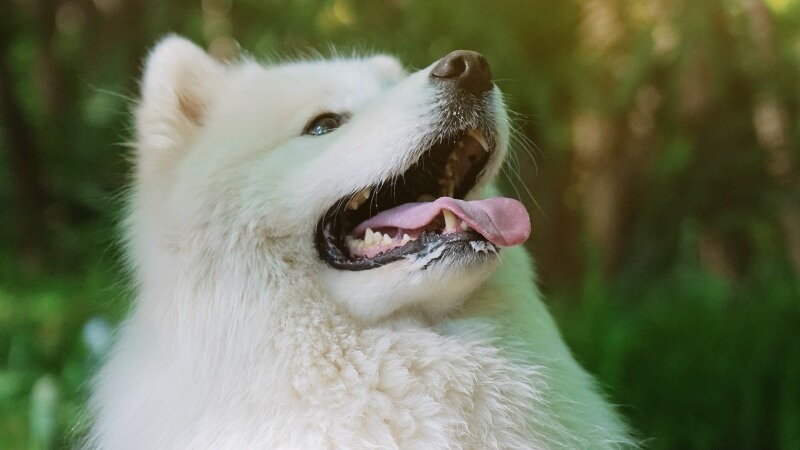
After much deliberation about your next pet, you’ve decided on a white long haired dog, large in size. Doesn’t that sound like you’re aiming to
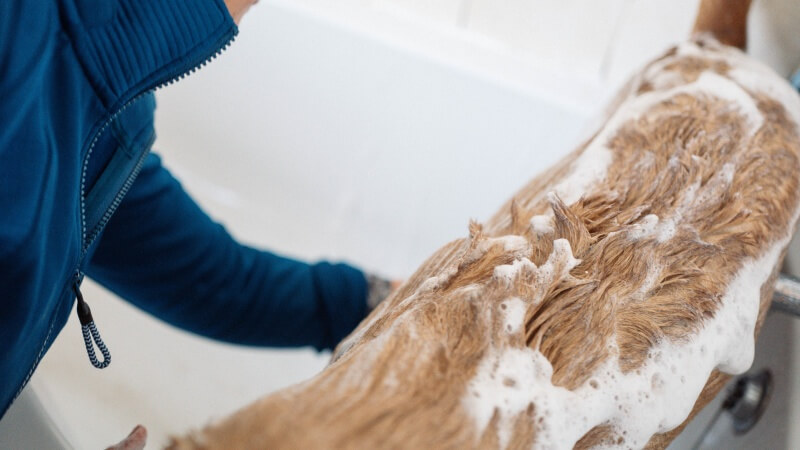
When it comes to the question, “Is Dawn dish soap safe for dogs?” it’s crucial to choose a wash that’s both harmless and effective. While
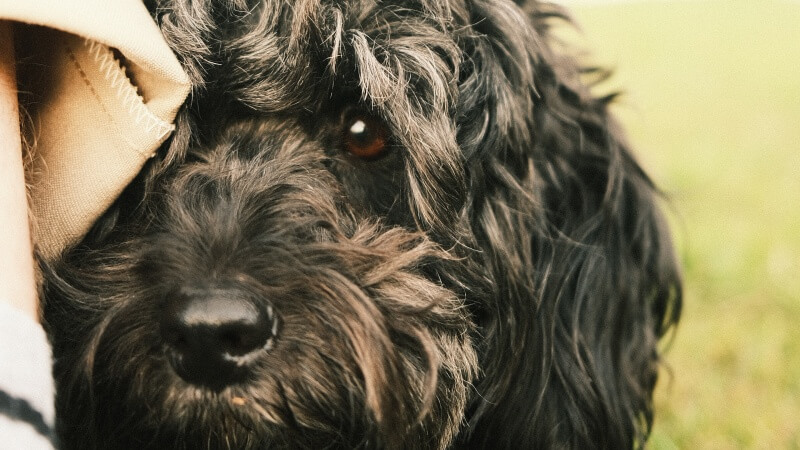
Beginning your Cavoodle grooming guide early is key for a successful experience. Breeders typically start grooming practices when puppies are about two weeks old. This
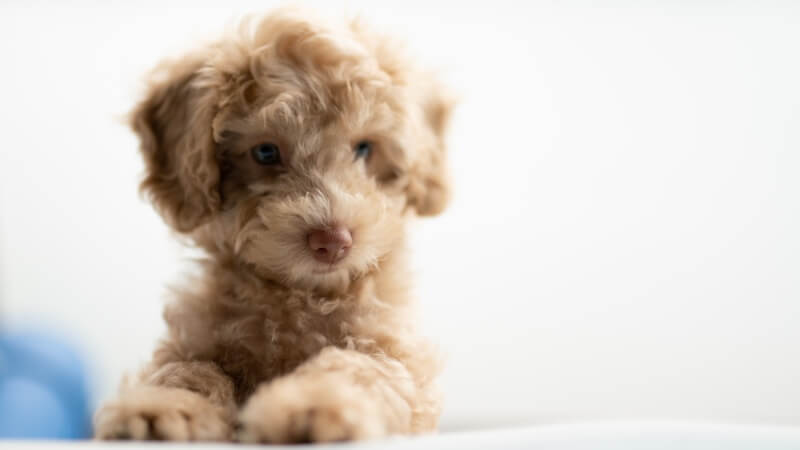
Are you a proud pet owner looking for the best grooming equipment to keep your furry friend looking and feeling their best? Look no further
Copyright © 2024 puppyhairdryer. All Rights Reserved.